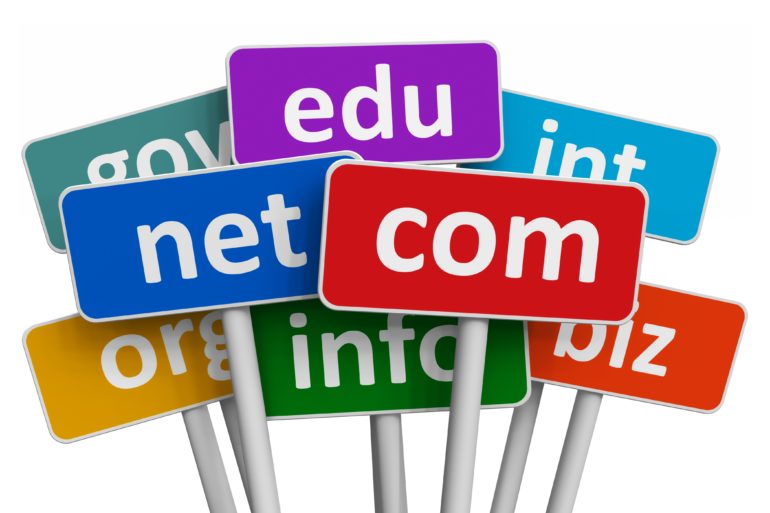The internet is a vast network of interconnected devices, and every device connected to the internet has a unique address known as an IP address. However, IP addresses can be difficult for humans to remember, which is why domain names were created to serve as a human-friendly representation of IP addresses. Every domain name is made up of several components, one of which is the top-level domain (TLD).
A top-level domain is the part of a domain name located to the right of the final dot. It can be thought of as the highest level of organization in the domain name hierarchy. For example, for the domain names “example.com, example.net, example.org, example.edu, and example.gov”, the TLDs are “.com, .net, .org, .edu, .gov“.
TLDs play a crucial role in determining the purpose and content of a website, as well as its intended audience. There are two types of TLDs: generic and country-code.
Generic TLDs (gTLDs) are TLDs that are not tied to a specific country, such as .com, .org, .net, .info, and .biz. These TLDs are intended for general use and can be used by anyone, anywhere in the world.
Country-code TLDs (ccTLDs) are TLDs that are specific to a particular country, such as .uk for the United Kingdom and .fr for France. These TLDs are intended for use by organizations and individuals located in the corresponding country.
In recent years, the number of TLDs available has grown rapidly, with many new options being added to the list, such as .app, .blog, .shop, and .xyz. This has given businesses and individuals more options when choosing a domain name and has made it easier to find a domain name that accurately reflects their brand or content.
In conclusion, top-level domains play a crucial role in the structure of domain names and the organization of the internet. Understanding TLDs and choosing the right TLD for your website can help to increase its visibility, establish credibility, and reach its intended audience.
- Unleashing the Power of InVideo AI: Revolutionizing Video Content Creation - September 9, 2023
- Jasper, the Best AI Summarizing Tool - May 5, 2023
- Tubebuddy: The Ultimate YouTube Marketing Tool - March 31, 2023








